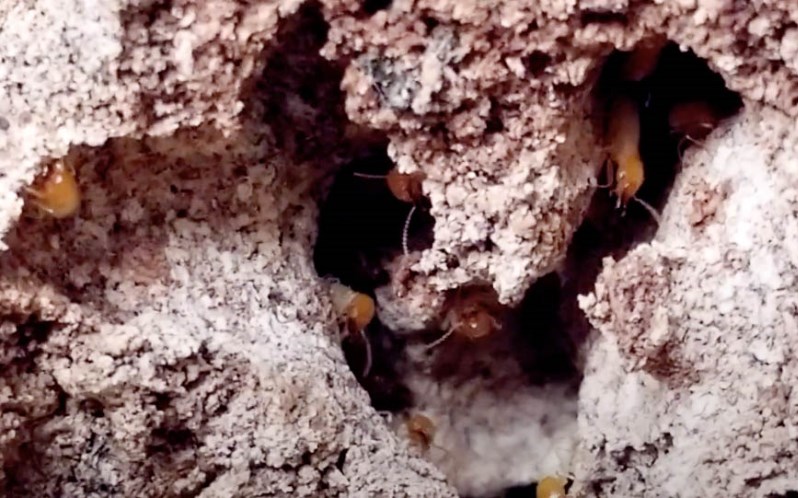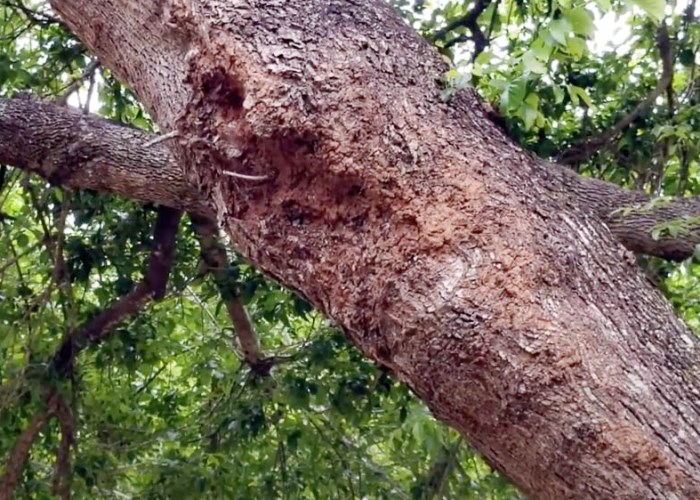Do termites live in trees?
Termites are social insects with a well-organized behavioral instinct. Their ability to divide roles within all the termites in the colony is one of the most amazing features about them. These distinctive behaviors affect all their choices including the choice of where to live. Though termites are cellulose loving insects and will often live in places that can provide the cellulose they need to survive, different species of termites still have their most preferred kind of place to live.
For instance, subterranean termites prefer to build their colonies in moist soil underneath wood which will protect them from harsh weather conditions and also act as a source of food.
While species like drywood termites won’t mind building their colony on any food surface above the ground and in trees. If you have always wanted to know if termites live in trees or not, the fact that trees contain an abundance of the organic compound cellulose makes trees perfect places for termites to live in.
Trees do not only provide them with food consistently, but also moisture and a suitable shelter.

Signs of termites in trees
Termites find it very difficult to move on surfaces when exposed to dry air. To make things comfortable for them while they carry out their activities, the worker termites construct traveling tunnels in the form of mud tubes. Through these tunnels, they move around the surface of the infested tree without exposing themselves.
The presence of these mud tubes on the crevices of the bark of a tree is a sign that termites are living in the tree. Another way to confirm their presence is to dig around the base of the tree to check for termite nests.
What are the dangers of having termites living in a tree?
Irrespective of the species of the termite, they are voracious eaters and shouldn’t be undermined. Termites are capable of creating tunnels and channels through the vessels conducting nutrients from the root to other parts of the tree, thereby making the tree unhealthy.
The softwood portion of trees are usually more targeted and devoured. When this happens, the effect of the termites hastens the rotting and decaying of tree parts. If this continues without any control, this may result in the falling of the tree unexpectedly.

Also, it doesn’t matter if the tree is living or not. There are some species of termites that attack living trees and devour it within a short time. A good example of this kind of termite is the Formosan termite. A colony of more than 10 million termites can bring down an oak tree. This shows the level of damage these termites can cause if left unchecked.
Treatment
Noticing the activities of termites in a tree might be a daunting task if you are not the type that usually keeps an eye on your tree. But if you are lucky enough to notice their activities early, the best you can do is to contact a professional to help get rid of time. Experts know the best approach and the most effective way to control and remove the infestation of termites.
